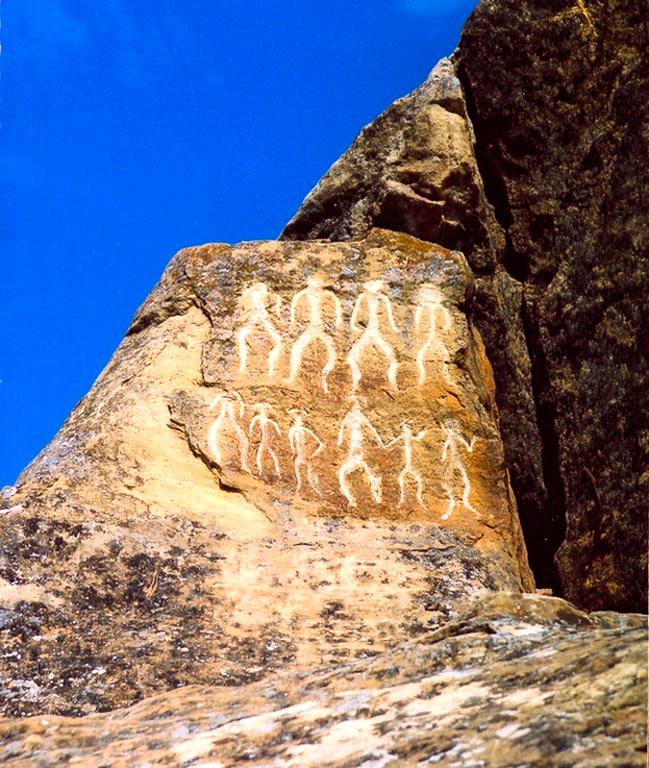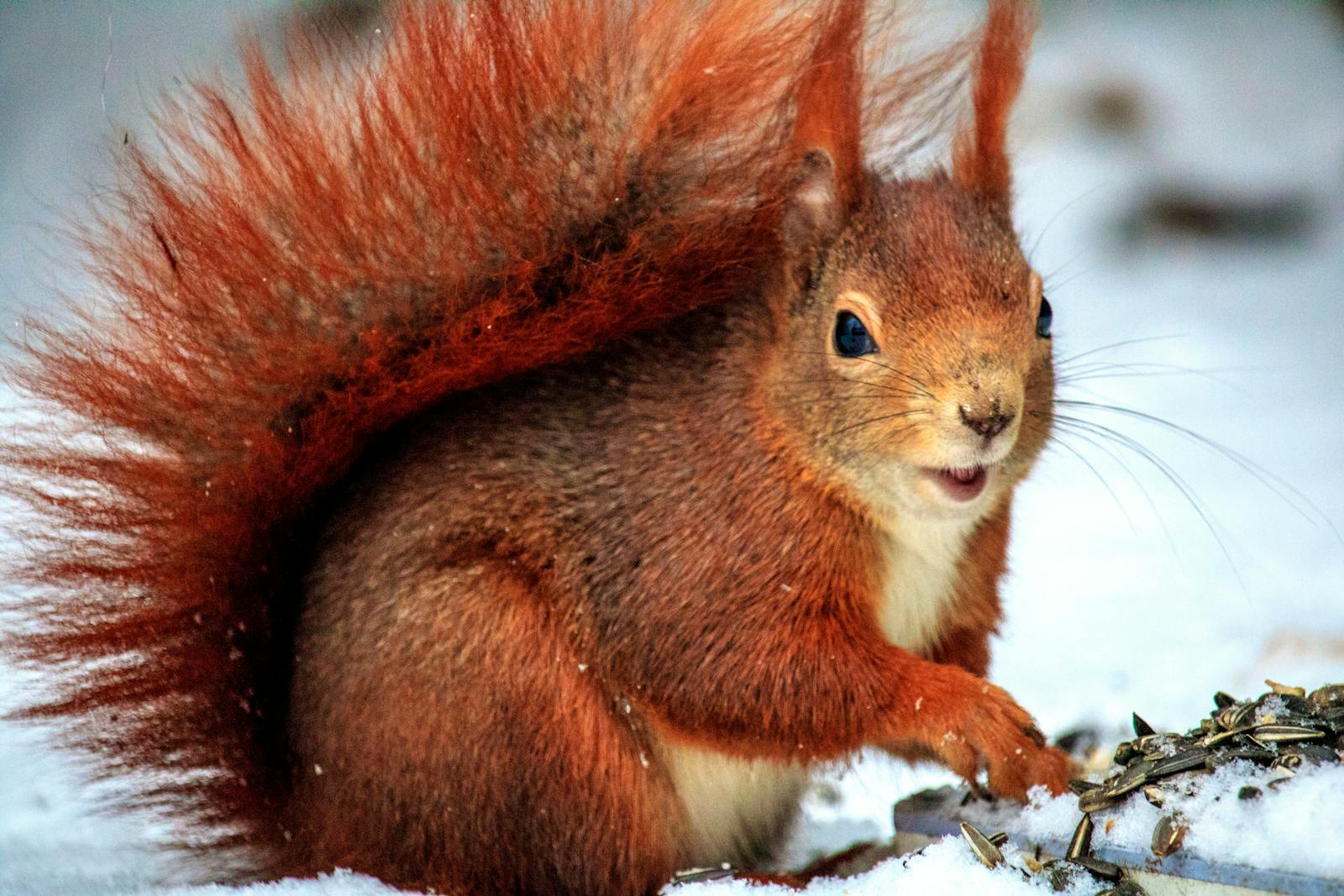Geographical and Cultural Crossroads
- Caucasus mountains span between the Black Sea and the Caspian Sea, acting as a cultural nexus between Asia and Europe.
-
Over 50 languages are spoken in the Caucasus, leading Arabs to describe it as the ‘Mountain of Languages.’
The Caucasus is home to an extraordinary linguistic diversity, with over 50 languages spoken across the region. This remarkable variety earned it the moniker “Mountain of Languages” from Arab geographers. These languages belong to four primary language families: Caucasian (or Paleocaucasian), Indo-European, Turkic, and Semitic, underscoring the area’s role as a historical crossroads of cultures and peoples. While some languages, like Georgian, are deeply rooted in the region’s antiquity, others, such as Turkic and Semitic tongues, reflect migrations that occurred during historical times. This linguistic tableau is a testament to the Caucasus’ vibrant cultural and ethnic interplay over millennia.
- The region has seen incursions and influences from Greeks, Romans, Arabs, Persians, Mongols, and others, showcasing its historical significance.
- The complex cultural history of the Caucasus includes a diversity of religious practices.
Technological and Genetic Interactions
- The Caucasus was pivotal in technological innovations such as the invention of early wagons and metal weapons.
- During the Bronze Age, populations from southern Caucasus interacted with nomadic groups from the Eurasian steppe.
- The Maykop culture, known for its grave goods, shows a southern Caucasus ancestry with local developments.
- The genetic makeup of groups from the North Caucasus remained consistent, illustrating cultural over biological connections.
- Minor gene flow from Europe influenced the Yamnaya groups also interacting with the Caucasus.
Diverse Populations and Historical Development
- Indigenous groups like the Georgians and Armenians have ancient roots in the region.
- The region has a blend of Indo-European, Turkic, and native languages due to historical migrations.
- Ossetes, remnants of Eastern Iranian nomads, continue to inhabit the Caucasus today.
- The Azerbaijani people formed from indigenous populations mixed with others over centuries.
- Chechens and other groups in the North Caucasus demonstrate the area’s diverse ethnic fabric.
Legacy and Modern Identity
- Despite complex past, the term ‘Caucasian’ is used today without full understanding of its origins.
- Caucasus has influenced the genetic and cultural heritage of Europe throughout history.
- Today, the region still represents significant cultural and linguistic diversity, impacting identity.
- The intricate past of the Caucasus sets a precedent for studying interactions among diverse cultures.
- Caucasus is an example of how geographical barriers can both separate and connect cultural developments.
♠
Found a bug? Have some other thoughts on this tool? Let me know here →






